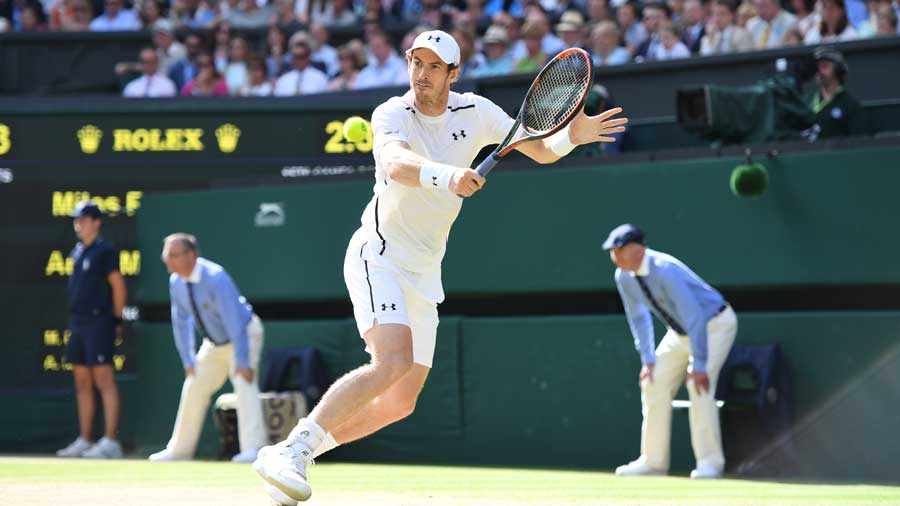Sports Gave TV Advertising a Boost in July, SMI Says

National TV ad revenue rose 2.5% in July thanks largely to gains in sports on cable, according to new figures from research company Standard Media Index.
Cable news and broadcast primetime entertainment also posted increases.
Cable networks registered a 3.7% rise in ad revenue with sports programming up 30% in July. Broadcast ad revenue was up 0.3%
Much of the cable gain came from the Wimbledon tennis tournament which aired on ESPN and ESPN2 entirely in July. Last year, four days of Wimbledon were played in June. ESPN also aired the X Games in July after they were played in June last year. ESPN also got a bump from a 12% increase in commercial unit prices on its sports talk shows.
Cable news networks were also strong with an 11% increase across Fox News, CNN and MSNBC. MSNBC was up 33%, CNN grew 10% and Fox News rose 5%
Spending on broadcast sports was down 13% compared to a year ago when the Olympic trials brought more than $20 million in spending to NBC. The broadcasters were also hurt by the PGA Championship returning to August. It was moved to July last year because of the Olympics.
Those losses more than offset spending on the Copa Oro soccer tournament and the Major League Baseball All-Star Game.
SMI says Univision generated $25 million in revenue from the Copa Oro. Fox was able to get $401,000 for spots in the All-Star Game, up from $398 a year ago.
Though sports revenue was down, broadcast primetime entertainment was up 10%. ABC was up 25%, NBC was up 12%, CBS was up 5%, while Fox was down 9%.
ABC’s gains came from increased spending on The Bachelorette, the ESPYs and higher commercial prices for its gameshows. NBC’s increases were the result of extra airings of American Ninja Warrior and good performances for Little Big Shots and The Wall.
TV spending on pharmaceutical products was up 18% in July. Auto spending and entertainment cut spending by 15%. Food, produce and dairy—SMI’s largest spending category—was up 7%. Also increasing spending by double digits were the alcoholic beverage, telecommunications and household supplies categories.
Overall ad spending in July rose 12%.
Digital returned to strong growth with a 18% gain. But SMI said that one big advertiser, Unilever, which announced it will shift spending from digital to TV, spent 15% more on cable and broadcast than a year ago.
Digital video grew 12%, with premium video showing big gains. Hulu was up 37% while YouTube was down 15%. Some advertisers have pulled advertising from YouTube because of concern ads might run in inappropriate content. TV network digital was up 11%.
“Despite national TV ratings challenges, the ad market opened the second half of the year with a real bang,” said James Fennessy, CEO of Standard Media Index. “Social and premium video remain the powerhouses of the digital sector and, after some weak performances in recent months.”
Fennessy noted the comeback of primetime entertainment on the major networks. “We continue to see major advertisers, like Unilever, return to the highly trusted medium of national TV at the expense of non-premium digital video. We expect this trend to continue as the networks strengthen their digital offerings and brands continue to question viewability and environment on non-premium platforms,” he said.
SMI gets its data on ad revenue from the traffic computer systems at media agencies representing about 60% of all spending.
The smarter way to stay on top of broadcasting and cable industry. Sign up below
Jon has been business editor of Broadcasting+Cable since 2010. He focuses on revenue-generating activities, including advertising and distribution, as well as executive intrigue and merger and acquisition activity. Just about any story is fair game, if a dollar sign can make its way into the article. Before B+C, Jon covered the industry for TVWeek, Cable World, Electronic Media, Advertising Age and The New York Post. A native New Yorker, Jon is hiding in plain sight in the suburbs of Chicago.

